Titan most often refers to:

Charles Tyson Yerkes Jr. was an American financier. He played a part in developing mass-transit systems in Chicago and London.

Theodore Herman Albert Dreiser was an American novelist and journalist of the naturalist school. His novels often featured main characters who succeeded at their objectives despite a lack of a firm moral code, and literary situations that more closely resemble studies of nature than tales of choice and agency. Dreiser's best known novels include Sister Carrie (1900) and An American Tragedy (1925).

Charles Hoy Fort was an American writer and researcher who specialized in anomalous phenomena. The terms "Fortean" and "Forteana" are sometimes used to characterize various such phenomena. Fort's books sold well and are still in print. His work continues to inspire admirers, who refer to themselves as "Forteans", and has influenced some aspects of science fiction.
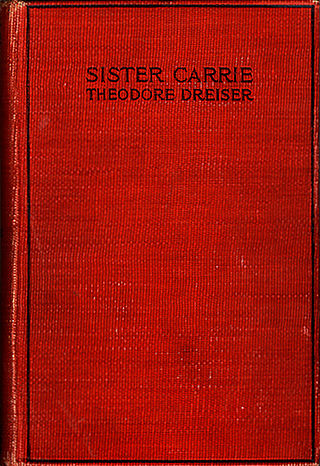
Sister Carrie (1900) is a novel by Theodore Dreiser (1871-1945) about a young woman who moves to the big city where she starts realizing her own American Dream. She first becomes a mistress to men that she perceives as superior, but later becomes a famous actress. It has been called the "greatest of all American urban novels".
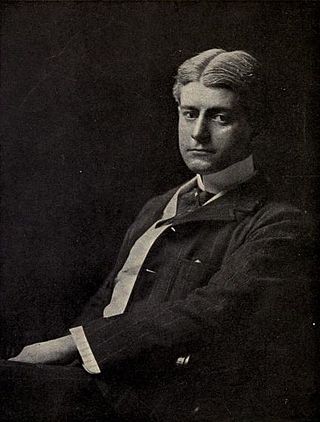
Benjamin Franklin Norris Jr. was an American journalist and novelist during the Progressive Era, whose fiction was predominantly in the naturalist genre. His notable works include McTeague: A Story of San Francisco (1899), The Octopus: A Story of California (1901) and The Pit (1903).

John Cowper Powys was an English philosopher, lecturer, novelist, critic and poet born in Shirley, Derbyshire, where his father was vicar of the parish church in 1871–1879. Powys appeared with a volume of verse in 1896 and a first novel in 1915, but gained success only with his novel Wolf Solent in 1929. He has been seen as a successor to Thomas Hardy, and Wolf Solent, A Glastonbury Romance (1932), Weymouth Sands (1934), and Maiden Castle (1936) have been called his Wessex novels. As with Hardy, landscape is important to his works. So is elemental philosophy in his characters' lives. In 1934 he published an autobiography. His itinerant lectures were a success in England and in 1905–1930 in the United States, where he wrote many of his novels and had several first published. He moved to Dorset, England, in 1934 with a US partner, Phyllis Playter. In 1935 they moved to Corwen, Merionethshire, Wales, where he set two novels, and in 1955 to Blaenau Ffestiniog, where he died in 1963.

Dune: The Machine Crusade is a 2003 science fiction novel by Brian Herbert and Kevin J. Anderson, set in the fictional Dune universe created by Frank Herbert. It is the second book in the Legends of Dune prequel trilogy, which takes place over 10,000 years before the events of Frank Herbert's celebrated 1965 novel Dune. The series chronicles the fictional Butlerian Jihad, a crusade by the last free humans in the universe against the thinking machines, a violent and dominating force led by the sentient computer mind Omnius.

The Smart Set was an American literary magazine, founded by Colonel William d'Alton Mann and published from March 1900 to June 1930. Its headquarters was in New York City. During its Jazz Age heyday under the editorship of H. L. Mencken and George Jean Nathan, The Smart Set offered many up-and-coming authors their start and gave them access to a relatively large audience.

Street & Smith or Street & Smith Publications, Inc. was a New York City publisher specializing in inexpensive paperbacks and magazines referred to as dime novels and pulp fiction. They also published comic books and sporting yearbooks. Among their many titles was the science fiction pulp magazine Astounding Stories, acquired from Clayton Magazines in 1933, and retained until 1961. Street & Smith was founded in 1855, and was bought out in 1959. The Street & Smith headquarters was at 79 Seventh Avenue in Manhattan; it was designed by Henry F. Kilburn.

The Stoic is a novel by Theodore Dreiser, written in 1945 and first published in 1947. It is the conclusion of his Trilogy of Desire, which includes The Financier (1912) and The Titan (1914). This series of novels depicts Frank Cowperwood, a businessman based on the real-life streetcar tycoon Charles Yerkes. Dreiser had attempted to complete his trilogy in the early 1930s, but he was unable to begin The Stoic until near the end of his life; he died before he could finish the manuscript, and his widow Helen assembled the novel's final pages.
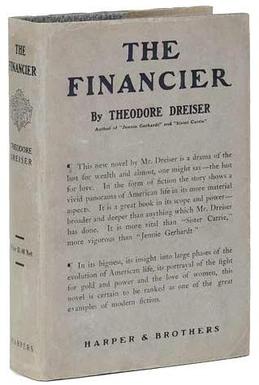
The Financier is a novel by Theodore Dreiser, based on real-life streetcar tycoon Charles Yerkes. Dreiser started writing his manuscript in 1911, and the following year published the first part of his lengthy work as The Financier. The second part appeared in 1914 as The Titan; the third volume of his Trilogy of Desire was also Dreiser's final novel, The Stoic (1947).
Camille: The Fate of a Coquette is a 1926 short film by Ralph Barton. Its development is described in Bruce Kellner's biography of Barton, The Last Dandy (1991).
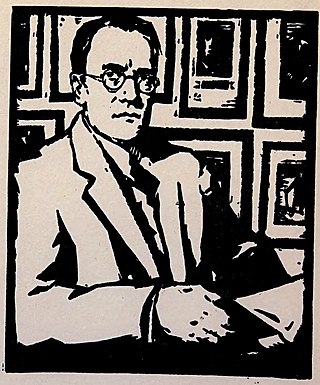
Stuart Pratt Sherman (1881–1926) was an American literary critic, educator and journalist known for his philosophical "feud" with H. L. Mencken. The two men were very close in age, and their career paths have sometimes been compared, but Mencken outlived Sherman by three decades.

Jennie Gerhardt is a 1911 novel by Theodore Dreiser.

The Bulwark is a 1946 (posthumous) novel by Theodore Dreiser.
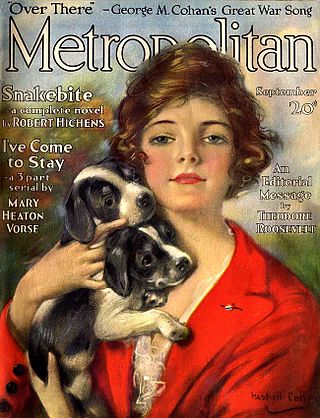
Metropolitan was an American magazine, published monthly from 1895 to 1925 in New York City. Former U.S. President Theodore Roosevelt was editor of the magazine during World War I when it focused on politics and literature. It was sometimes named, or called, Metropolitan Magazine or The Metropolitan, and its final issues were published as Macfadden's Fiction-Lover's Magazine.
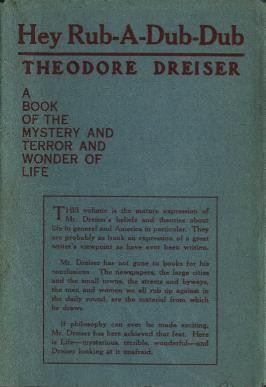
Hey Rub-a-Dub-Dub: A Book of the Mystery and Wonder and Terror of Life is a collection of twenty essays by Theodore Dreiser.

Chicago literature is writing, primarily by writers born or living in Chicago, that reflects the culture of the city.
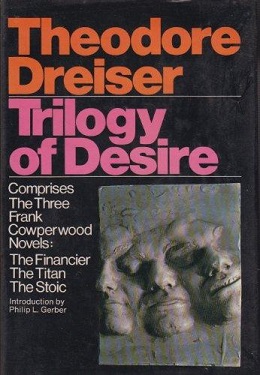
The Trilogy of Desire is a series of three novels by Theodore Dreiser:
















